- android-en
- 2025年8月30日
OPPO A5x Pre-Release Thorough Review | The Midrange Star: Perfect for Sub Devices & Those Who Don’t Need High-End Features!
Hey there, Shoya Kisaragi (@sh……
#ALLDOCUBE #iPlay70MiniPro #8InchTablet #TabletReview #SmallTabletDebut #GadgetReview
This article contains affiliate links (PR), but represents a completely unbiased self-funded purchase review.
Hey there, Show-ya Kisaragi (@showya_kiss) here.
Today I finally had some budget freed up and spotted this 8-inch tablet on Amazon that hit the sweet spot price-wise, so I pulled the trigger and grabbed one for review. I’ll be doing a full unboxing session too, so stick around if you’re into that kind of content.
I’m going to lead with the TL;DR covering pros, cons, and target audience before diving into the unboxing and raw review experience. Fair warning: I’m planning to reach out to ALLDOCUBE for potential product partnerships down the line, but that’s future business—this review is 100% no-BS honest takes.
Also, if you stick around to the end, I’ve got some insider knowledge about Chinese tablet manufacturers that’s worth the read even if you skip everything else.
The ALLDOCUBE iPlay 70 Mini Pro is an 8-inch tablet from Chinese brand ALLDOCUBE, sporting an 8.4-inch display, MediaTek Dimensity MT8791 SoC, 16GB RAM, 256GB internal storage, microSD support up to 1TB, Wi-Fi 6, Bluetooth 5.4, and Widevine L1 certification running Android. At the time of writing, it’s going for ¥21,372 on Amazon—pretty accessible pricing.
Alright, that covers the essentials for making a buy/no-buy decision. Here’s the affiliate link—purchases through this help fund server costs and return shipping for loaner devices, so I’d appreciate the support:
With the essentials out of the way, let’s get into the unboxing and detailed review. If you want to jump straight to the insider info, scroll to the bottom.
Let’s start with the unboxing experience.
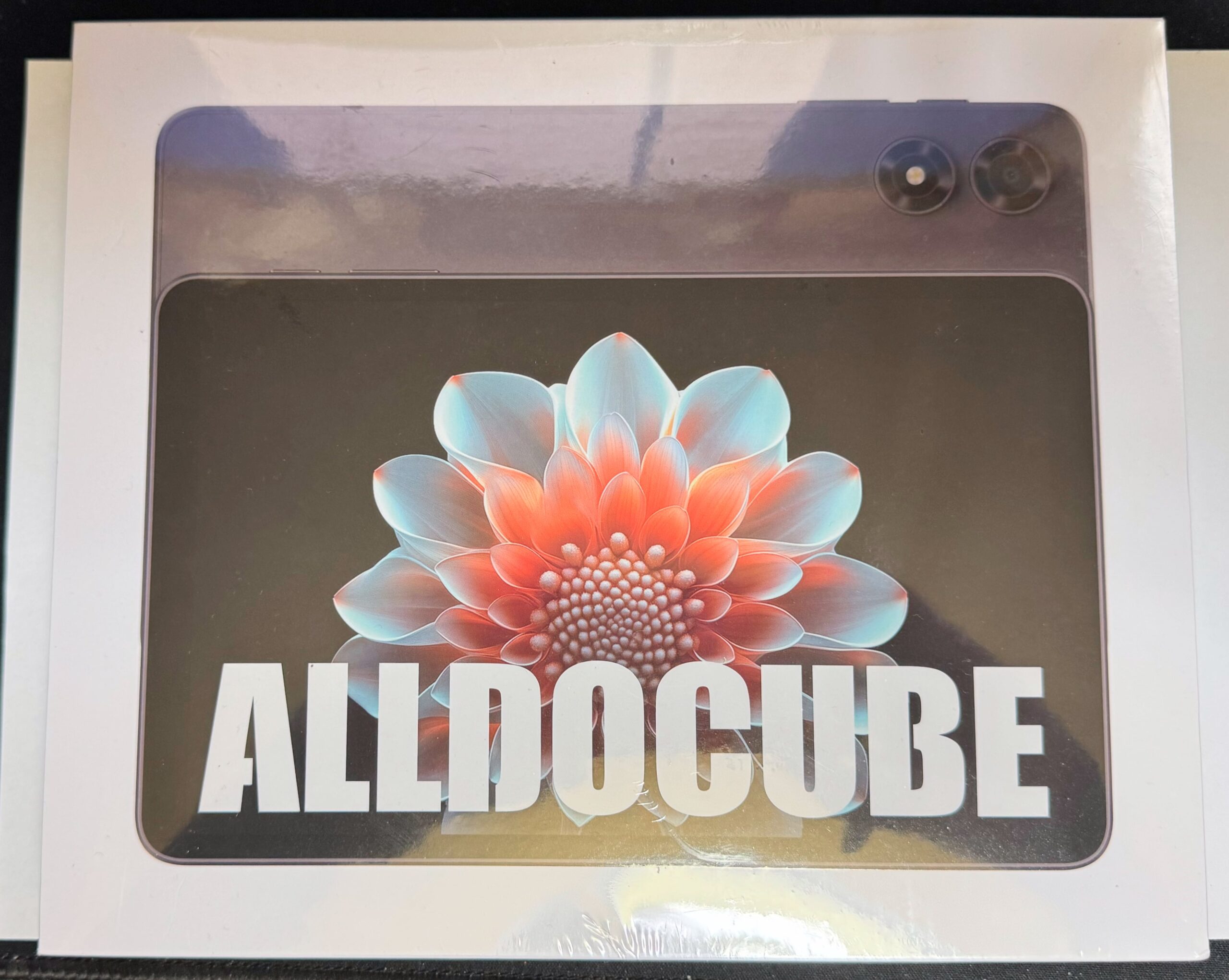
The packaging design has gotten significantly more polished over the years. Used to look way more amateur. Now it actually screams “legitimate manufacturer” rather than sketchy knockoff.
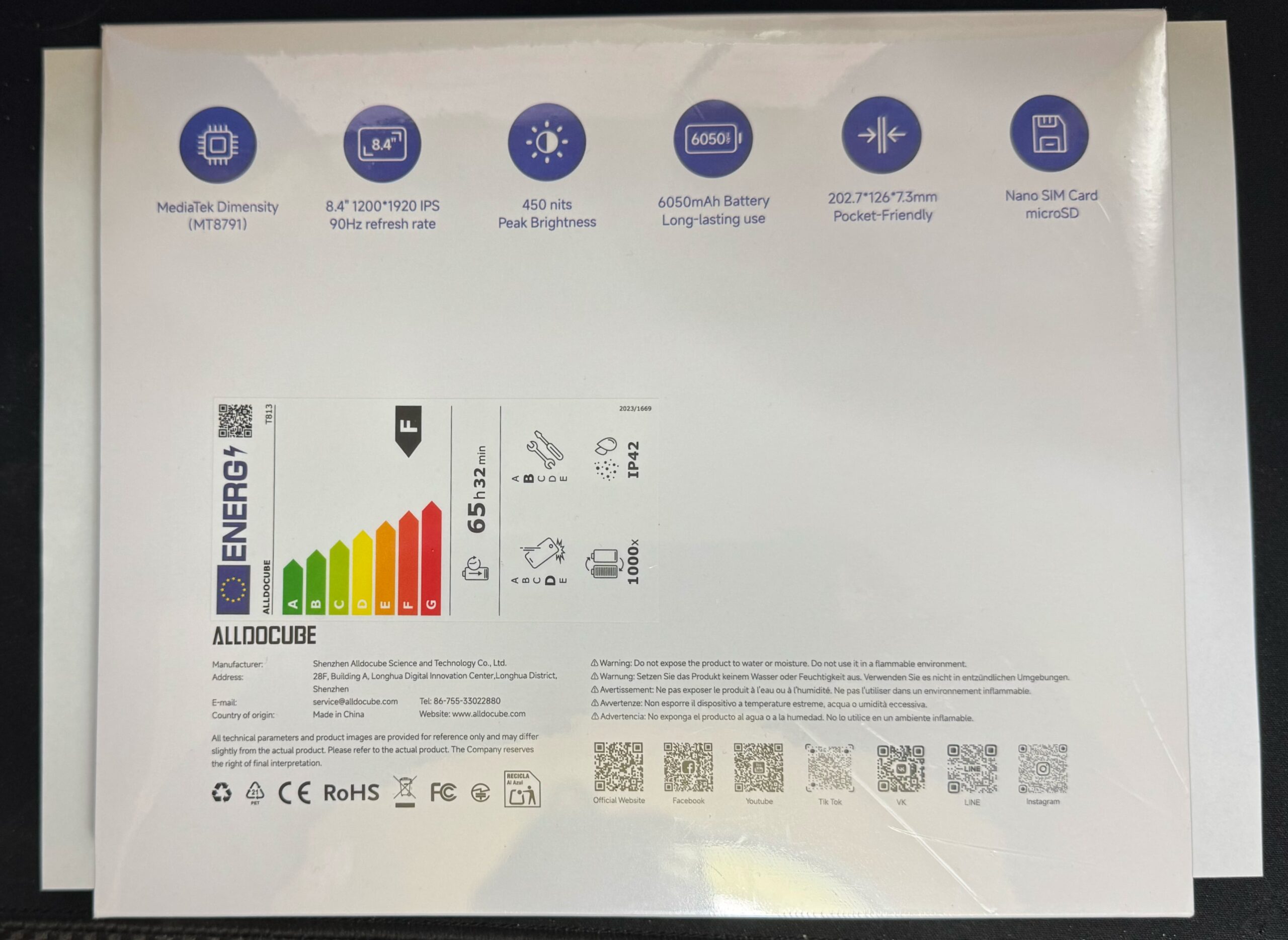
Back panel shows this is clearly targeting global markets rather than domestic Chinese sales. No Japanese text visible, but that’s standard for international SKUs. Their export focus is clear, and they’ve got proper certifications, so that’s reassuring.
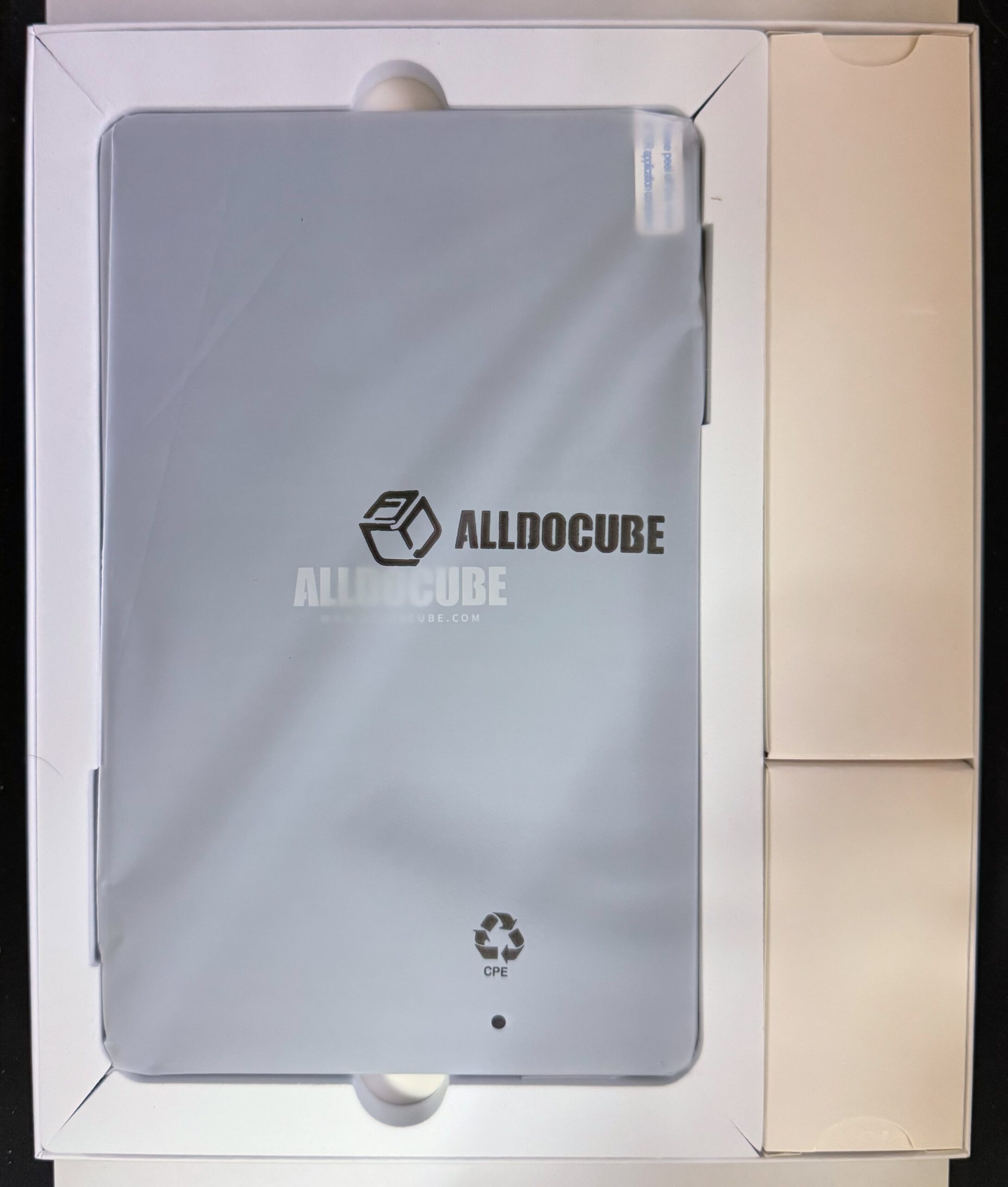
Contents are refreshingly minimalist. You get the tablet, charging cable, wall adapter, and SIM ejector tool. Nothing extraneous that you’d never use anyway.
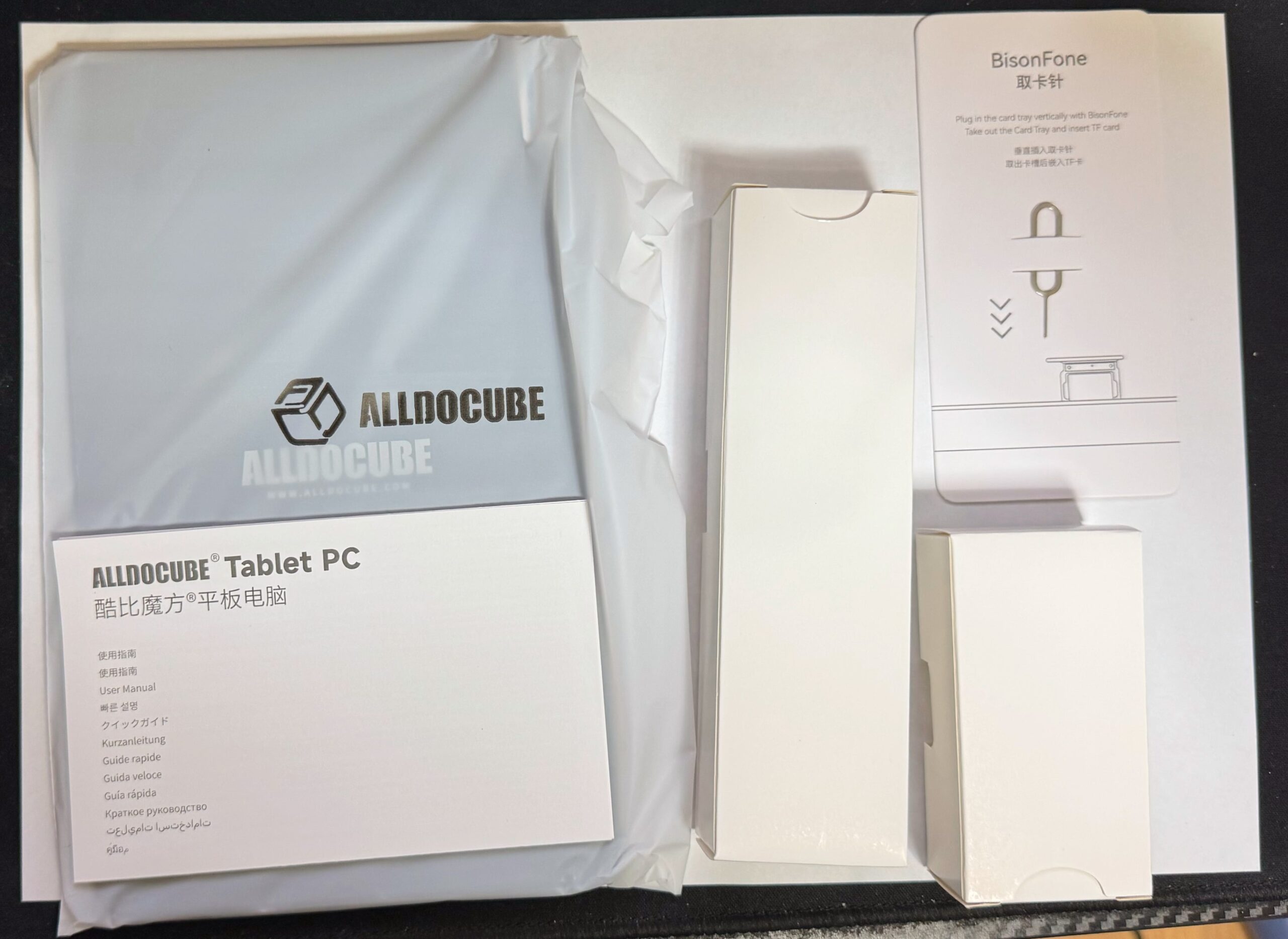
Bit messy in the photo, but here’s everything unpacked: tablet, manual, two small boxes (charger and cable), plus SIM tool.
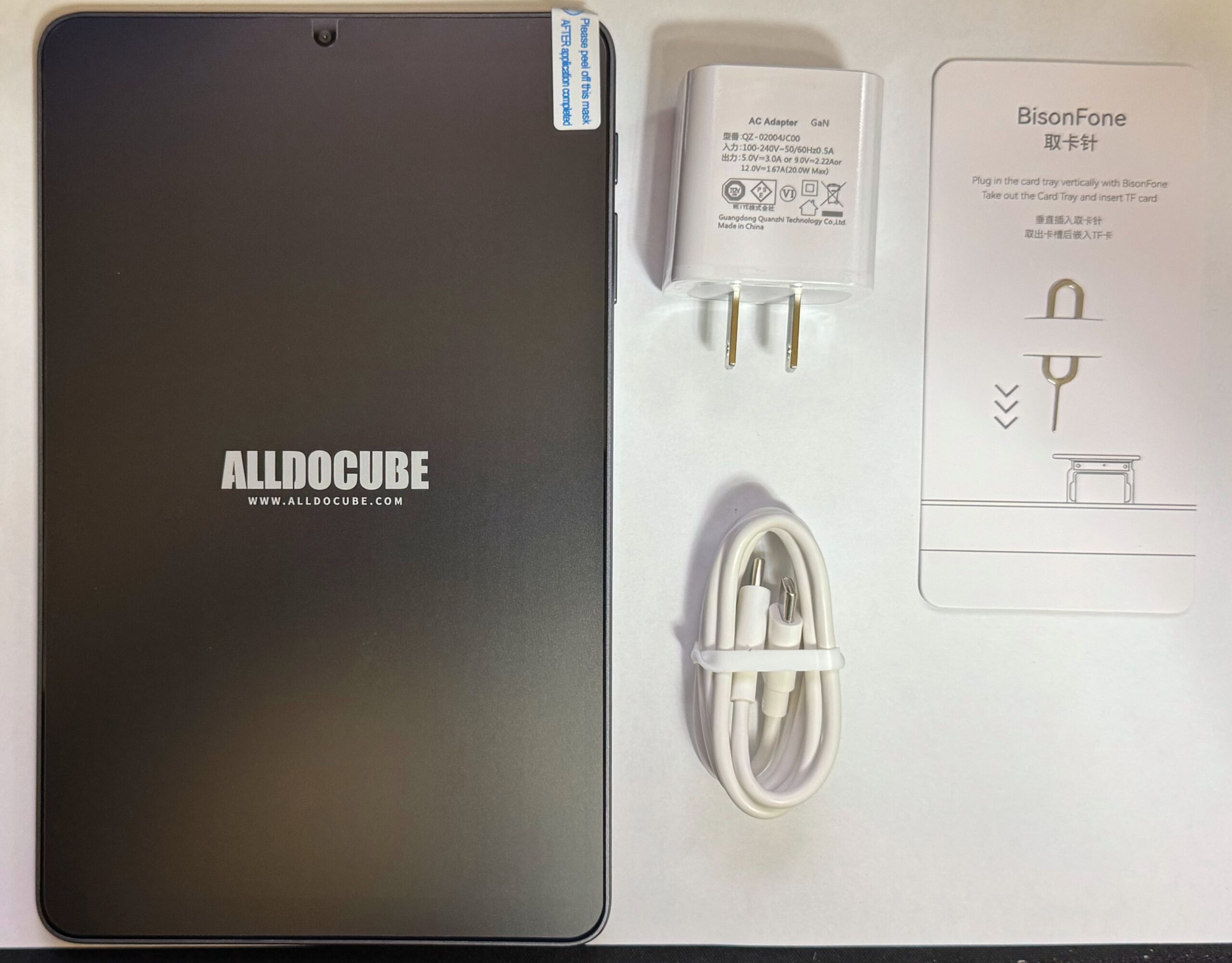
Charger and cable extracted from their boxes. That’s literally everything. Note: this supports dual SIM, but one slot is shared with microSD, so if you’re using expandable storage, you’re down to single SIM operation.
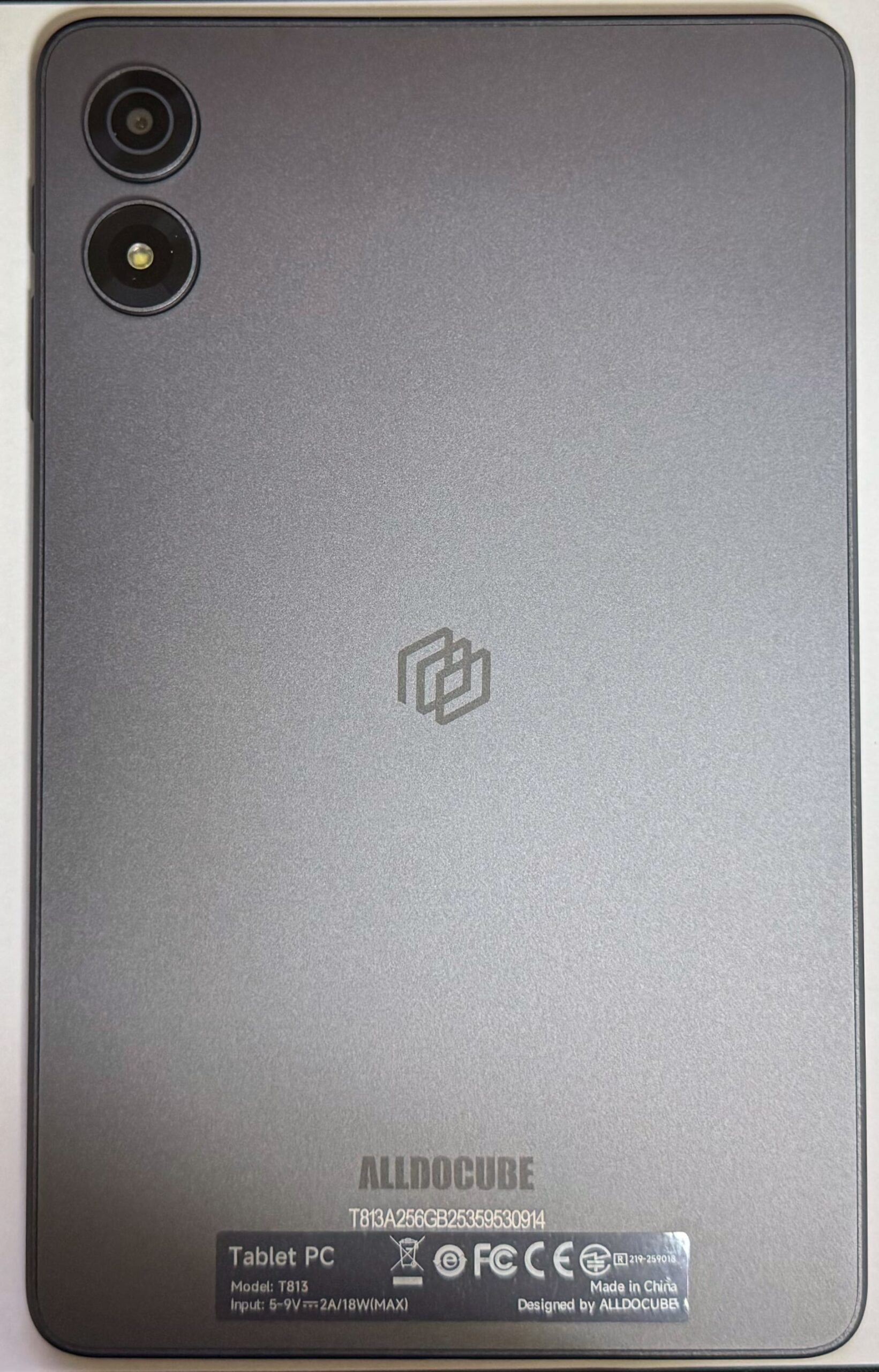
Back panel sports a sophisticated dark gray finish that honestly looks way more premium than the sub-¥30k price tag suggests. Build quality feels solid—definitely in “well-made toy” territory rather than cheap plastic garbage.
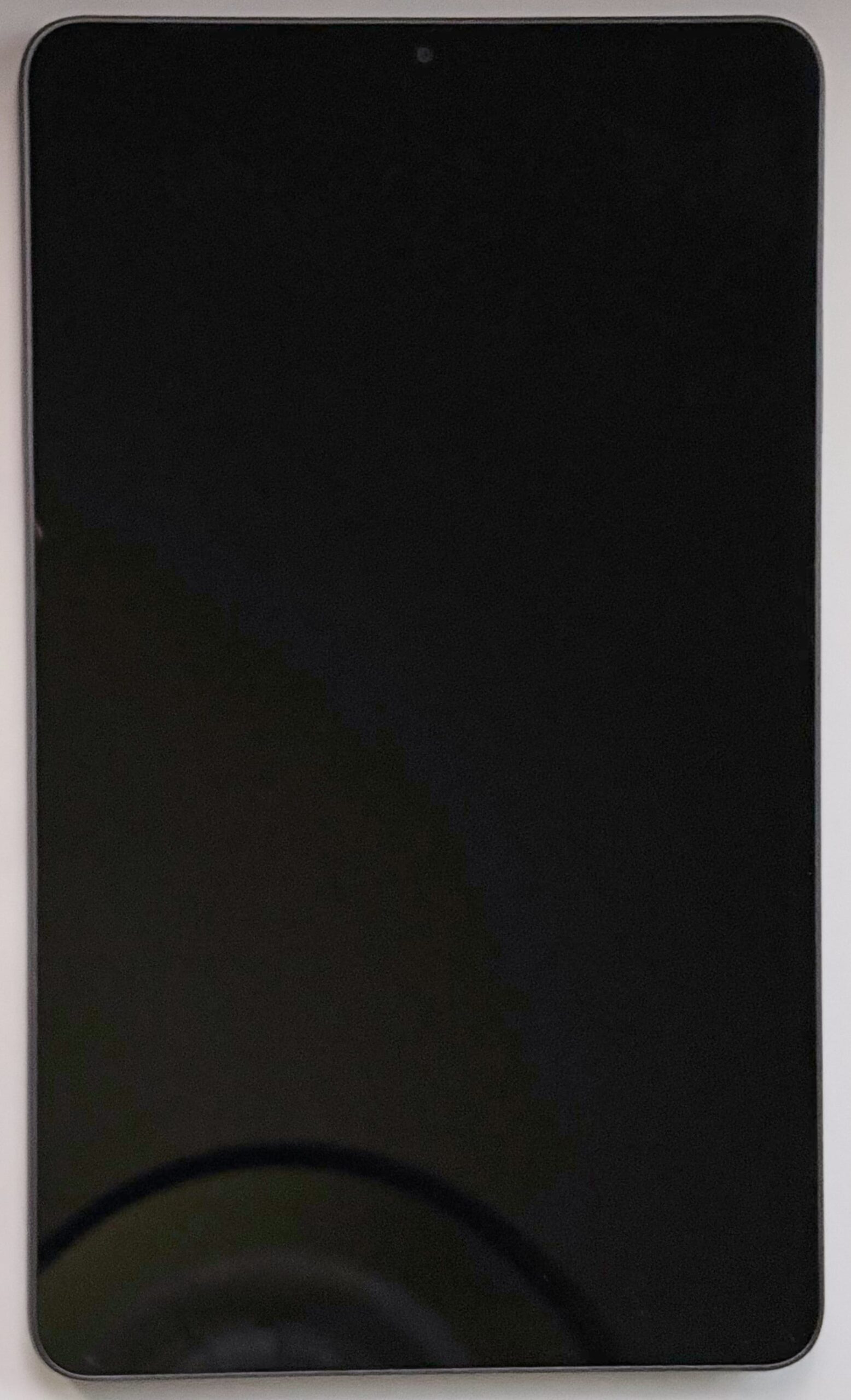
Some reflection from overhead lighting, but you can see the bezels are reasonably thin and the display looks properly functional. Nothing about this screams “budget device” from a visual standpoint, and since the performance actually backs up the looks, it won’t embarrass you in public.
Let me explain my perspective going into this purchase: I’m an 8-inch tablet enthusiast who didn’t have an Android tablet in my collection. I’m typically a high-end cross-platform user running Windows (RTX4060 gaming laptop), Mac (M3 MacBook Air), Linux (Ubuntu on Acer Aspire 3), iOS (iPhone 15 Pro Max), iPadOS (iPad mini A17 Pro), and Android (Samsung Galaxy Z Fold 6). Everything in my arsenal is high-end, so there wasn’t really a natural slot for the ALLDOCUBE iPlay 70 mini Pro, but I wanted “Android tablet representation” in my collection, and the price was right.
Since I also do development work, I wanted to check for Android tablet compatibility issues. I don’t build heavyweight applications, so a lightweight Android tablet was perfectly adequate for my testing needs.
The 8.4-inch form factor is absolutely perfect. Highly portable, travel-friendly, zero hassle for mobile use.
I’ve already gone through three previous ALLDOCUBE 8-inch devices: “iPlay 60 Mini Turbo,” “iPlay 60 Mini Pro,” and “iPlay Mini Pro (Snapdragon variant),” all of which I enjoyed and eventually passed on to friends. This should give you an idea of my commitment to the 8-inch form factor.
Performance is more than adequate. I primarily benchmark using gaming workloads since they translate better to real-world experience than synthetic benchmarks. SoCs can perform differently than raw specs suggest due to optimization differences.
Overall, the SoC handles everything adequately, but if you want more comfortable gaming performance, consider the Snapdragon 3rd-gen variant from the same iPlay series (slightly higher price point). For a tablet at this price tier to handle gaming at all is honestly commendable—most devices in this range aren’t gaming-capable.
AI-powered apps run without issues, but that’s expected since processing happens server-side anyway.
Standard applications perform fine, so unless you’re doing serious photo editing or video production, you’re covered.
If you do need heavy creative work, you should be looking at “laptop-priced tablets” instead. And honestly, for most creative workflows, you’d get better results with an actual laptop.
MacBooks especially excel here with built-in software for music, photos, and video, plus excellent paid options if you need more power.
Bottom line recommendations:
If you fit any of those categories, grab it through the link below:
I probably shouldn’t be too vocal about this since I’m planning to approach Xiaomi and ALLDOCUBE for product partnerships, but let me share some Chinese OEM industry insights.
First, Anker deserves special mention—they’re Chinese but have nailed global market penetration with high quality products priced at “fair value minus small discount.” Combined with convenience store availability, they’ve built serious consumer trust.
Xiaomi occupies “tier-1 Chinese OEM” status currently, but they recently pulled some questionable moves. They released a tablet marketed as “sub-¥20k with 2TB microSD support in 8-inch form factor!” while quietly shipping it with standard HD resolution instead of Full HD. Tech media largely ignored this spec downgrade, writing puff pieces about “great visuals” and “perfect for e-reading” without mentioning the resolution compromise.
While the spec sheet technically disclosed this, most consumers assume modern tablets ship with Full HD minimum. Human perception is easily fooled, so many users probably never noticed they got HD instead of Full HD.
Xiaomi generally ships solid products (I run a Xiaomi monitor in my dual-monitor setup), but they occasionally pull moves like this that cross ethical lines. Always verify specs personally rather than trusting reviews—too many sponsored content pieces skip critical details, even from major tech news sites and weekly publications.
ALLDOCUBE has never failed me during long-term testing, so I consider them reliable. Surviving 15 years in this market with diverse product lines indicates solid business fundamentals. However, they’re specialists rather than generalists—I trust them completely for 8-inch tablets but would be cautious about other form factors since different sizes serve different use cases.
That concludes the insider intel.
So there you have it—another self-funded review. How’d I do?
I’m actively working to increase blog traffic through Hatena Bookmarks and blog rankings. If you’d like to support the content, clicking those banners helps tremendously.
Comments are always welcome, and I respond as quickly as possible, so don’t hesitate to engage!